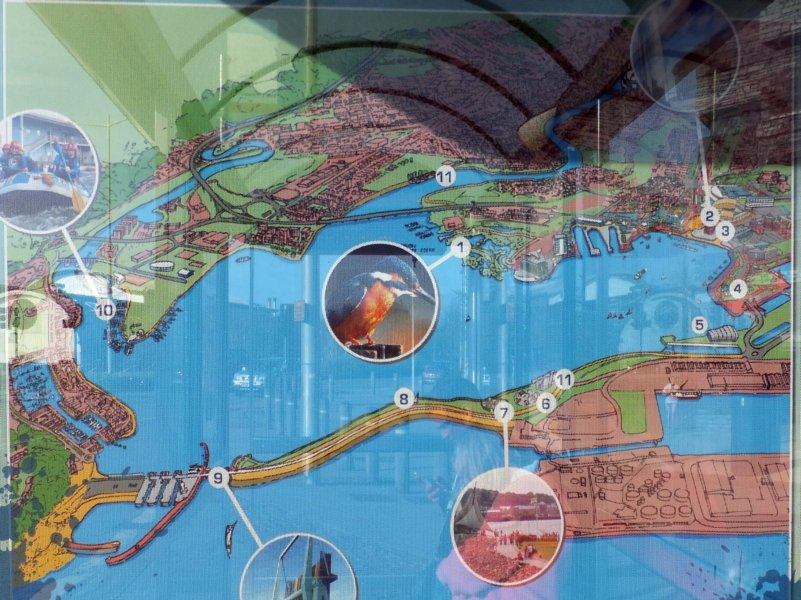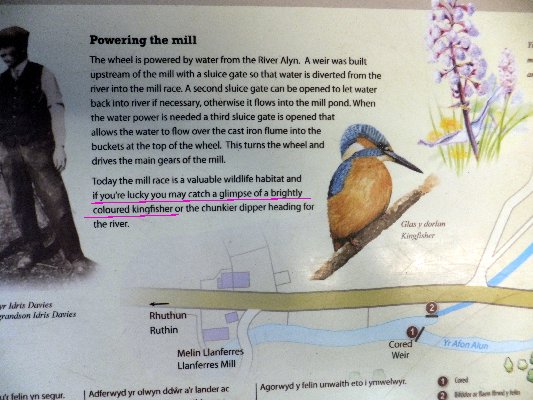|
|
||||||||||||||||
|
|
||||||||||||||||
 |
|
"and if you are lucky you may just see a Kingfisher" How many times have you seen this on those notice-boards that greet you at the entrance to a nature reserve or country park, or on the tourist info leaflet, or on the web-site? Quite often probably if you read them. I've never seen that Kingfisher, nor have I met anybody who has, and I bet you haven't either. As long as it has flowing water, or a pond bigger than a puddle there is mention of a Kingfisher. It seems to be a standard way of engaging with the public, but probably disappoints more than anything. Perhaps most visitors will have forgotten reading that by the time they go home. But it is just an example of the value of the information given out on those notices. All to often they also cite the orchids growing there, and I would bet that most frequently there is a picture of a Bee Orchid. Basically I have grown tired of reading blurb about which orchids grow on a site, and subsequently finding absolutely none of them. Do the people who who write the prose know what they are talking about, or does someone who does pass a few notes onto someone else who then uses some licence to rewrite it for public-appeal. I get the impression sometimes that the information passed on may be based on a single specimen found in 1926. Llynclys Common is supposed to be the home of the Bee Orchid. Never seen one; plenty of other orchids, but never a Bee orchid. Thurstaston Common on The Wirral is supposed to be home of Southern Marsh Orchids - there is an accompanying generic marsh orchid picture - but I've seen nothing of them there. Marford Quarry's notice board informs us that helleborines grow under the pines. There's no picture to tell Joe Public what a helleborine may look like, and while helleborines do grow there it is under the beeches and birches where they grow. These boards must cost. They are limited to the park or reserve in question and probably only average 4 to 6 erected at each site. So don't over-glamourise them. Tell it like it is and do NOT over glamourise - Please. A classic example for Cardiff Bay And yet again at Loggerheads Country Park, North Wales
|
|
|
||||||||||||||||||||


